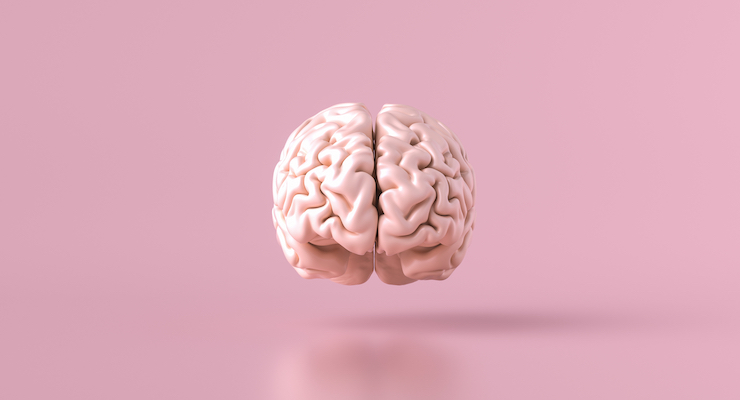Market Updates, Research
High DHA, Low Linoleic Acid Medical Food Shown to Help Cognitive Recovery in Malnourished Children
The addition of DHA conferred a significant cognitive benefit six months after the completion of a diet therapy by thousands of severely malnourished children.

By: Mike Montemarano
Associate Editor, Nutraceuticals World

Formulating a ready-to-use therapeutic food with high DHA and low linoleic acid may help neurocognitive recovery outcomes in cases of malnutrition, according to a triple-blind clinical trial involving thousands of children in Malawi experiencing uncomplicated severe acute malnutrition.
A reduced level of DHA has been associated with cognitive decline during aging. The present study, appearing in the American Journal of Clinical Nutrition, suggests that it could also play a vital role in recovery from malnutrition.
“Severe acute malnutrition (SAM) is a global insult to the young child’s developing mind and body. Therapeutic foods for SAM were largely designed to provide the nutrients known to affect recovery of anthropometry and muscle mass,” the authors wrote. “Vegetable oil-rich, peanut-based ready-to-use therapeutic food (RUTF) is the standard of care for most SAM because it can be used safely at home in the context of utmost poverty. It has been assumed that the brain and other viscera would receive what is needed for recovery from standard RUTF.”
However, the authors were concerned with the lack of omega-3 fatty acids and a high linoleic acid (LA) content typically seen in vegetable oils, which could suppress trace amounts of ALA (a plant-based omega-3 which can be converted to DHA endogenously), inhibiting neurobehavioral and cognitive development. They believed that formulating an RUTF with high DHA and low LA could confer lasting improvements in cognitive function scores among children recovering from malnutrition.
Study Details
In the present study, researchers observed the cognitive health outcomes of 2,565 SAM-recovering children who were randomly administered one of three RUTFs. One was a high oleic acid RUTF with added DHA, one was a high oleic acid RUTF without added DHA, and one was a standard RUTF. Measurements of blood concentrations of omega-3 fatty acids were taken throughout the course of the study, and the children receiving the various formulas were evaluated six months after completing diet therapy for a series of cognitive domains.
On one global test, the Malawi Developmental Assessment Tool (MDAT), the authors of the study found that children receiving the DHA-rich RUTF had significantly higher scores than the standard RUTF. The high-DHA group also had higher gross motor and social domain z-scores than those receiving the standard treatment based on a number of assessments.
The authors of the study said that supplemental DHA conferred cognitive benefits “were sustained well after treatment was complete.” However, the difference in lipids between the three RUTFs used led to the DHA-rich formula being linked to significantly lower anthropometric recovery. “This trial demonstrated a clear discrepancy between anthropometric recovery and cognitive status in SAM […] This deleterious effect was observed in all domains of the MDAT, except for the social domain. This magnitude of the insult suggests that a frameshift in thinking and approach may well be warranted with respect to SAM treatment and recovery. The focus on cognitive recovery must rise to equal importance as anthropometric recovery to enable the child to thrive.”


